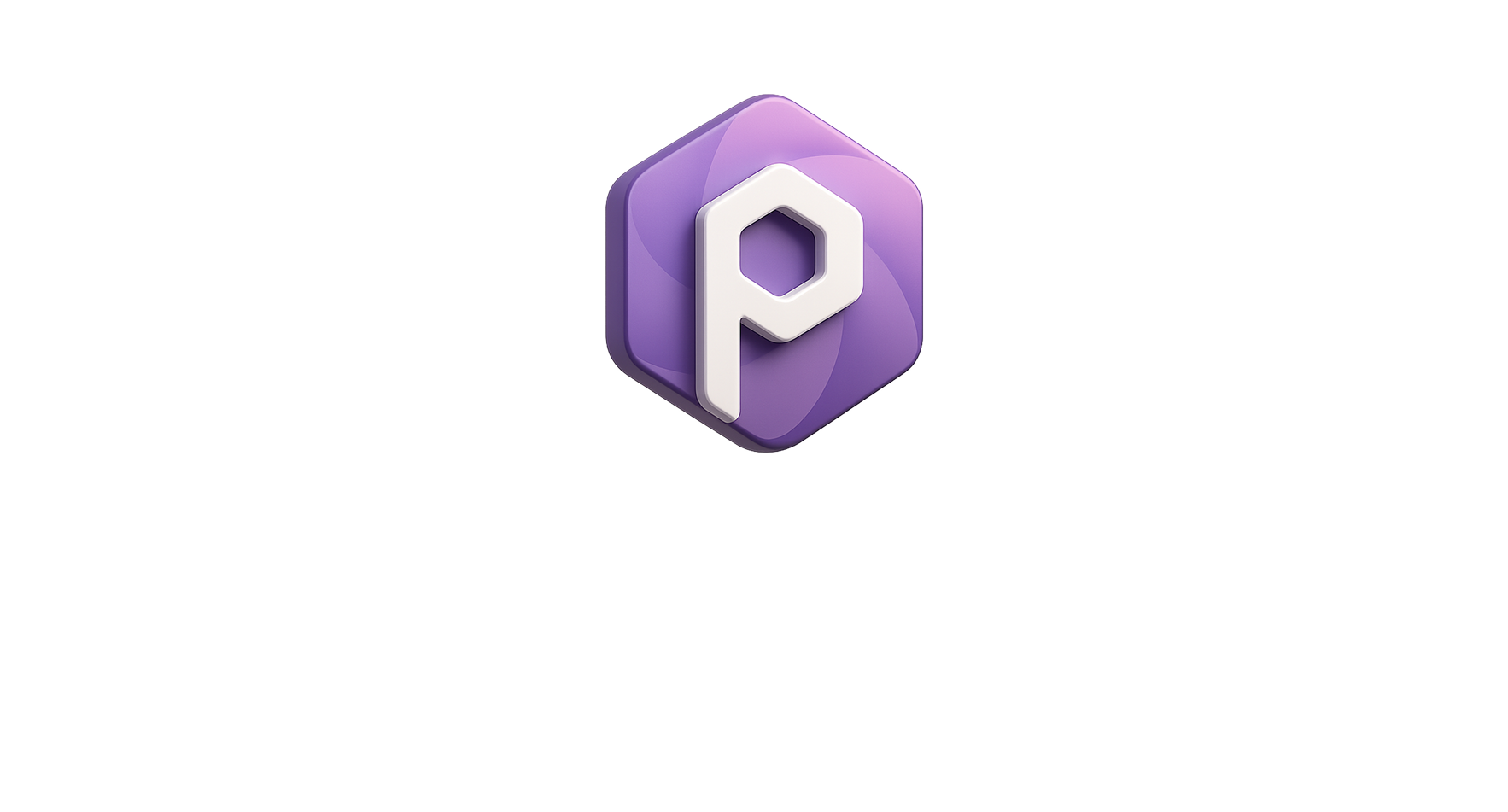Data Analytics in Transforming Procurement
Introduction
Procurement is no longer just about cost-cutting and supplier negotiations—it has evolved into a strategic function that drives business value. In today’s digital age, data analytics is playing a crucial role in reshaping procurement by providing deep insights, enhancing decision-making, and driving efficiencies.
By leveraging big data, AI, and predictive analytics, procurement teams can move from reactive, manual processes to proactive, data-driven strategies that optimize sourcing, manage risks, and create long-term value.
How Data Analytics is Revolutionizing Procurement
- Spend Analysis for Cost Optimization
One of the biggest benefits of data analytics in procurement is spend visibility. Organizations often deal with multiple suppliers, scattered purchasing data, and hidden inefficiencies. Spend analytics tools consolidate data across suppliers, categories, and geographies to provide a clear picture of where money is being spent.
🔹 Key Benefits:
✅ Identify cost-saving opportunities
✅ Reduce maverick (unapproved) spending
✅ Negotiate better supplier contracts
For example, AI-driven spend classification models can automatically categorize procurement data, identifying cost leakage and helping businesses consolidate purchases for bulk discounts.
- Supplier Performance & Risk Management
Selecting the right suppliers is critical for procurement success. Data analytics enables organizations to track supplier performance using key metrics such as:
- On-time delivery rates
- Quality compliance
- Contract adherence
- Pricing trends
Predictive analytics can also identify potential risks by analyzing external factors such as market trends, geopolitical risks, financial stability, and ESG (Environmental, Social, Governance) compliance.
🔹 Key Benefits:
✅ Reduce supply chain disruptions
✅ Improve supplier collaboration
✅ Ensure compliance with regulatory requirements
- Demand Forecasting & Inventory Optimization
Traditional procurement often relies on historical data, leading to inefficiencies in demand planning. Advanced analytics uses AI and machine learning to predict demand fluctuations with greater accuracy.
By analyzing:
✔️ Historical purchasing patterns
✔️ Market trends
✔️ Seasonal demand shifts
✔️ Economic indicators
Organizations can forecast demand more effectively, reduce excess inventory, and prevent stockouts, ensuring better cash flow and operational efficiency.
🔹 Key Benefits:
✅ Reduce procurement costs
✅ Improve inventory planning
✅ Minimize waste and stockouts
- Fraud Detection & Compliance Monitoring
Procurement fraud—such as invoice manipulation, bid-rigging, and duplicate payments—can lead to significant financial losses. Data analytics can detect anomalies in procurement transactions by identifying patterns that indicate fraud.
For instance, AI-powered tools can flag suspicious transactions, track unusual supplier activity, and ensure regulatory compliance in real time.
🔹 Key Benefits:
✅ Prevent financial losses from fraud
✅ Ensure procurement policy adherence
✅ Strengthen internal controls
- Sustainable & ESG-Driven Procurement
Sustainability is becoming a key focus for procurement teams worldwide. Analytics tools now help businesses track their carbon footprint, ethical sourcing, and supplier ESG compliance.
By using real-time dashboards, companies can monitor:
🌱 Supplier sustainability scores
🌱 Carbon emissions per product category
🌱 Ethical labor practices across the supply chain
🔹 Key Benefits:
✅ Align procurement with corporate sustainability goals
✅ Reduce environmental impact
✅ Improve brand reputation
Challenges in Implementing Data Analytics in Procurement
Despite its benefits, adopting data analytics in procurement comes with challenges:
🚧 Data Silos: Procurement data is often spread across multiple platforms, making integration difficult.
🔐 Data Security & Privacy: Handling large volumes of procurement data requires robust cybersecurity measures.
📊 Skill Gaps: Procurement teams need upskilling to fully leverage data analytics tools.
💰 Technology Investment: Implementing AI-driven analytics tools requires initial investment in software and infrastructure.
The Future of Procurement Analytics
The future of procurement is real-time, AI-driven, and insight-led. Emerging technologies like AI-powered predictive analytics, blockchain for transparent procurement, and IoT for real-time supply chain monitoring will continue to transform procurement functions.
Companies that embrace data analytics in procurement will gain a competitive edge by making smarter, faster, and more informed decisions.
Conclusion
In today’s data-driven world, procurement professionals can no longer rely on intuition alone. Data analytics is the key to unlocking efficiencies, reducing costs, mitigating risks, and driving strategic procurement decisions.
If your organization is still relying on outdated procurement methods, now is the time to leverage data analytics and stay ahead of the competition.
🚀 Are you ready to harness the power of data analytics in procurement? Let’s talk about how you can start your digital transformation journey today!



Leave a Reply